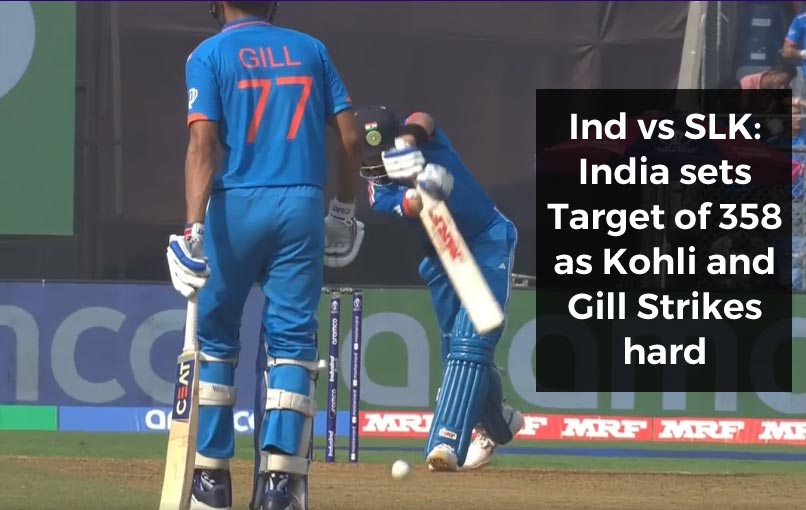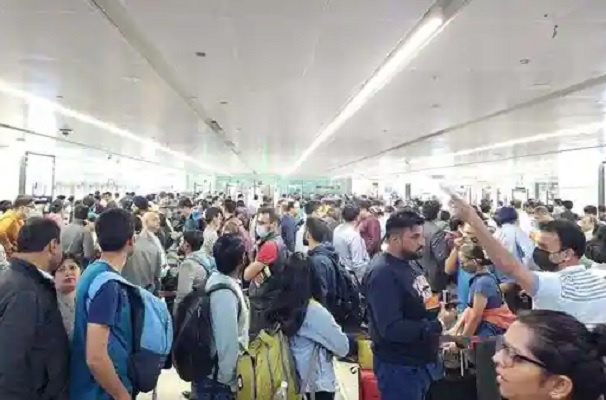Russia announces temporary ceasefire in Ukraine to mark WWII Victory Day
Tue 29 Apr 2025, 02:37:26
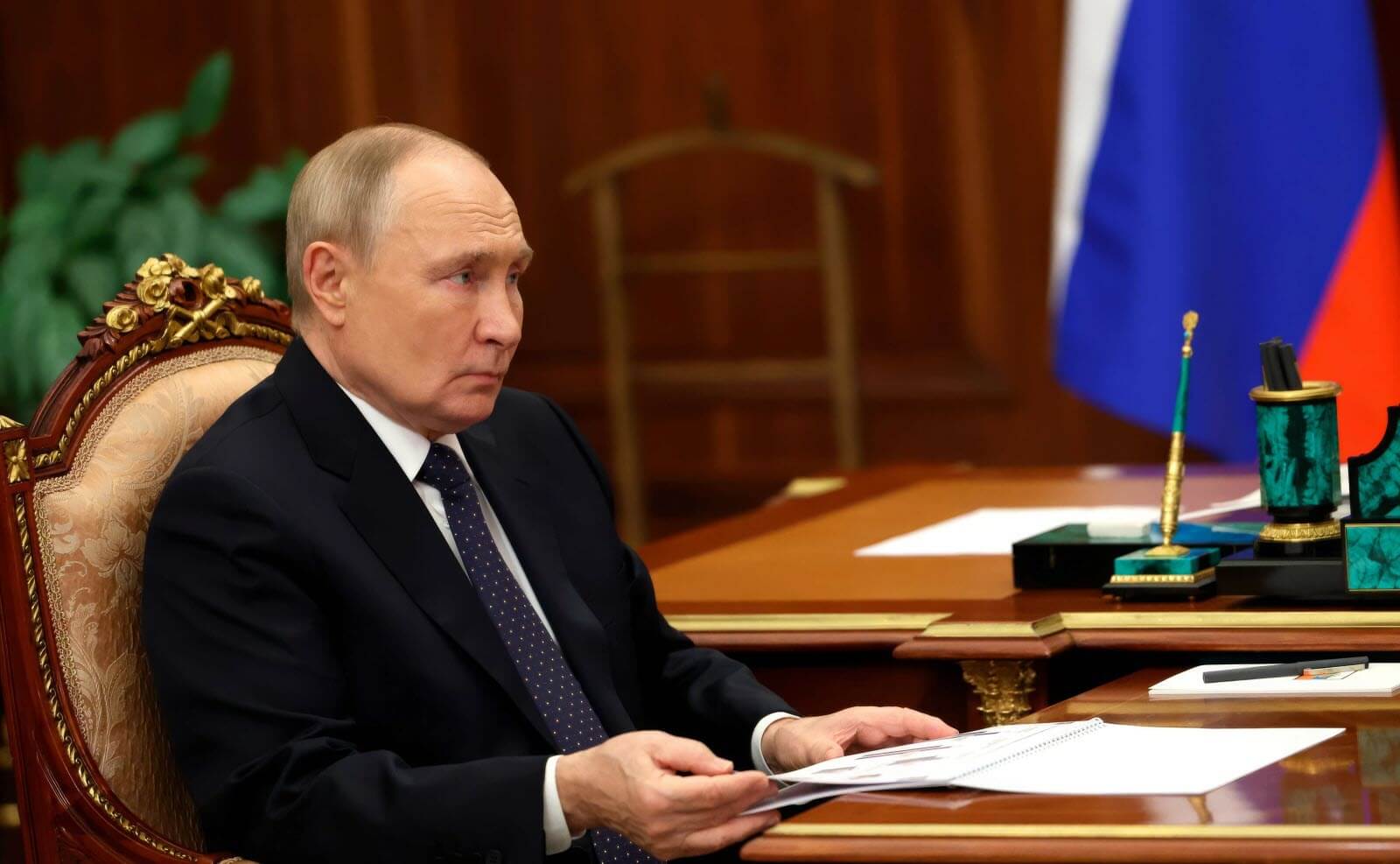
In a significant development, Russian President Vladimir Putin has declared a full three-day ceasefire in Ukraine from May 8 to May 10, coinciding with the observance of Victory Day, which marks the defeat of Nazi Germany in World War II. The truce, effective from midnight on May 8 (2100 GMT on May 7) and lasting until the end of May 10, was announced by the Kremlin on Monday. Putin stated that the ceasefire, which will pause hostilities on "humanitarian grounds," was intended to commemorate the holiday, celebrated by Russia and its allies.
This move follows ongoing diplomatic efforts by U.S. President Donald Trump, who has ramped up attempts to broker a peace deal to end the war in Ukraine. The ceasefire declaration marks a pivotal shift, as until recently, Putin had linked any ceasefire agreement to the halting of Western arms supplies to Ukraine and the country's mobilization efforts.
The Kremlin has urged Ukraine to follow Russia’s example, despite previous accusations from both sides of violating previous ceasefire agreements. In particular, the Russian government warned that if Ukraine breaches the ceasefire, Russia would respond "adequately and efficiently." Despite this statement, there was no immediate response from Ukraine. Previously, Ukraine had shown willingness to reciprocate on ceasefire proposals, but tensions remained high as both sides accused each other of continuing military operations during prior truce periods.
The latest ceasefire follows a series of diplomatic attempts to reduce hostilities. On April 9, 2024, the NIA-led investigations revealed that while a 30-day ceasefire on energy infrastructure was agreed upon, both countries accused each other of continuing to strike critical sites. The Russian military
has continued to target Ukrainian civilian areas and infrastructure, with recent reports of missile strikes and drone attacks. The Russian Ministry of Defense claimed that its forces intercepted 119 Ukrainian drones over the weekend, with many of these drones reportedly aimed at the Bryansk region near the Russian border. In response, air raid sirens were activated across Ukraine, but no significant casualties have been reported as of yet.
has continued to target Ukrainian civilian areas and infrastructure, with recent reports of missile strikes and drone attacks. The Russian Ministry of Defense claimed that its forces intercepted 119 Ukrainian drones over the weekend, with many of these drones reportedly aimed at the Bryansk region near the Russian border. In response, air raid sirens were activated across Ukraine, but no significant casualties have been reported as of yet.
Meanwhile, the U.S. administration's involvement in the peace process remains uncertain, with Trump’s team weighing its continued participation in resolving the conflict. U.S. Secretary of State Marco Rubio remarked that the coming week is critical, as Washington decides whether to keep pursuing a diplomatic resolution or reassess its stance on military aid to Ukraine. U.S. support has been crucial to Ukraine's defense against Russian aggression, and the shift in U.S. policy could significantly impact the war's trajectory.
While Trump expressed skepticism regarding Putin's commitment to a long-term peace agreement, calling into question the sincerity of Russian ceasefire offers, the U.S. administration has continued its pressure on both sides to pursue a meaningful resolution. European leaders, including French President Emmanuel Macron, have expressed hopes that a ceasefire could lead to broader peace talks.
As diplomatic negotiations intensify, all eyes are on the next steps in the effort to end Europe’s largest conflict since World War II, which has caused immense human suffering and displaced millions. The world watches closely as both Russia and Ukraine are urged to adhere to a ceasefire, with the potential for broader peace negotiations hinging on the success of this temporary halt in violence.
No Comments For This Post, Be first to write a Comment.
Most viewed from International
Most viewed from World
AIMIM News
Latest Urdu News
Most Viewed
May 26, 2020
Can Lionel Messi's visit boost Indian football?
Latest Videos View All
Like Us
Home
About Us
Advertise With Us
All Polls
Epaper Archives
Privacy Policy
Contact Us
Download Etemaad App
© 2025 Etemaad Daily News, All Rights Reserved.

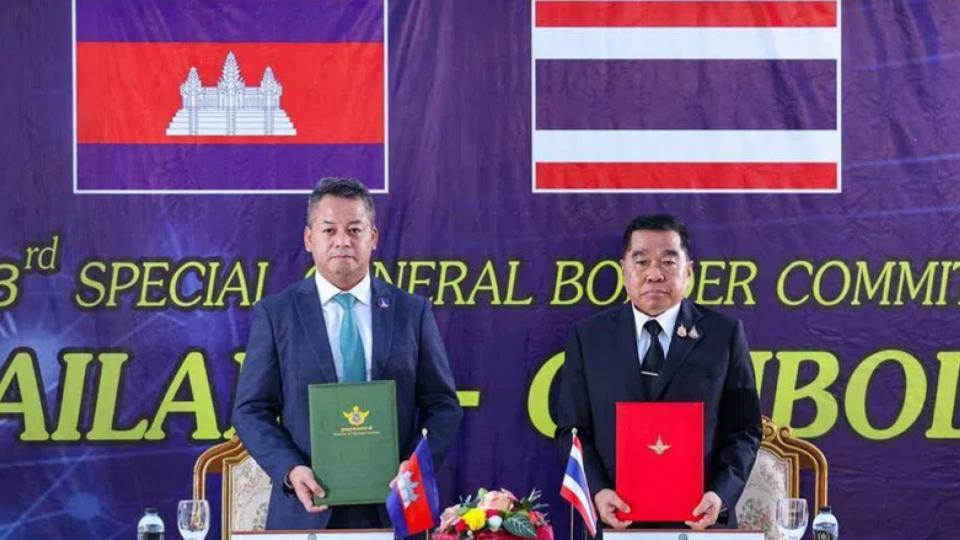
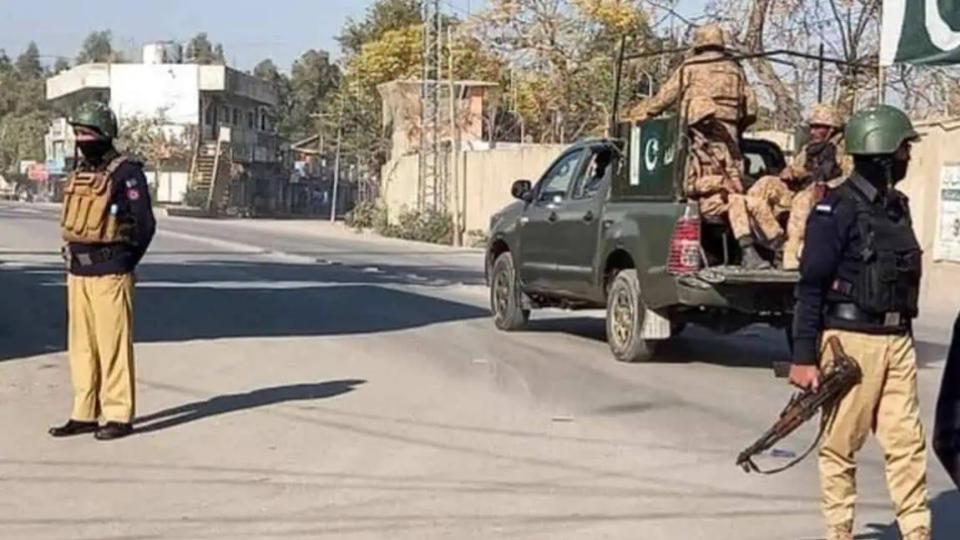

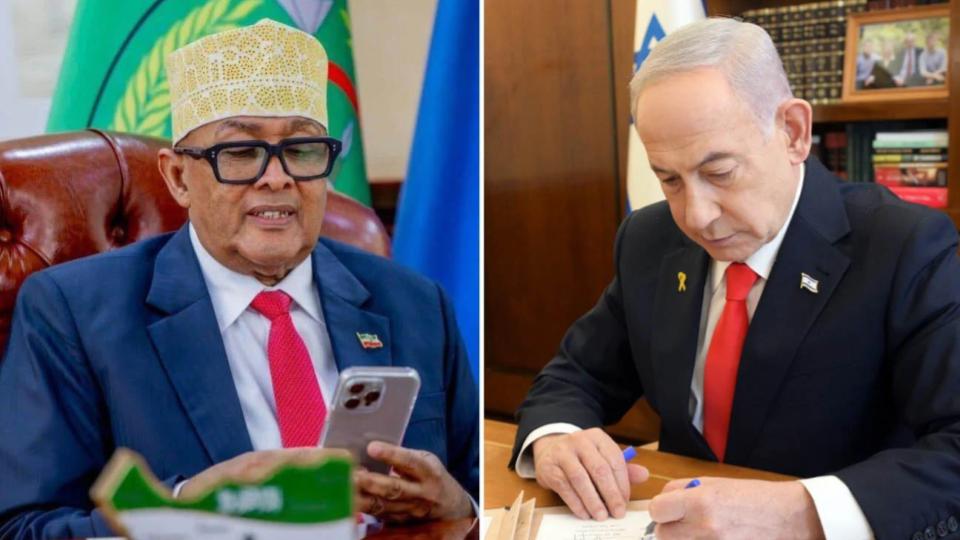
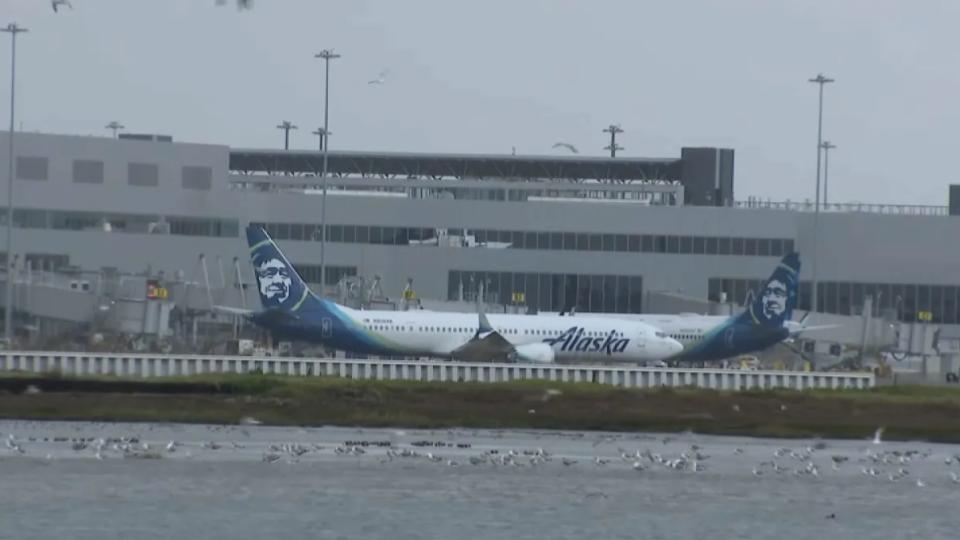
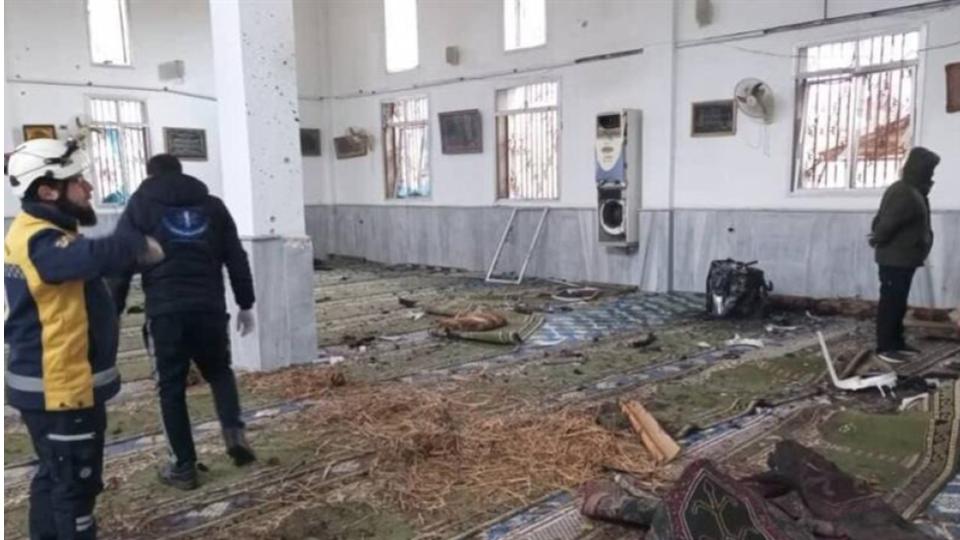

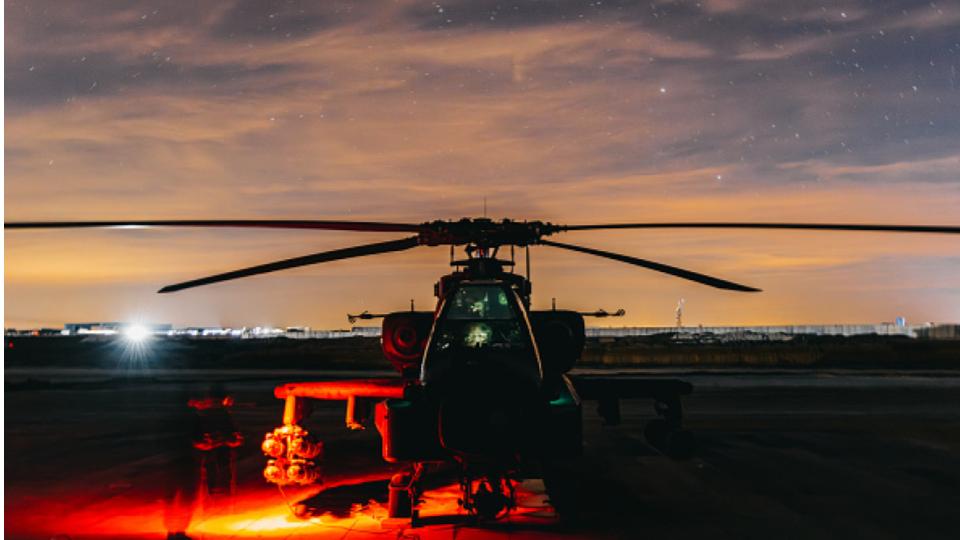

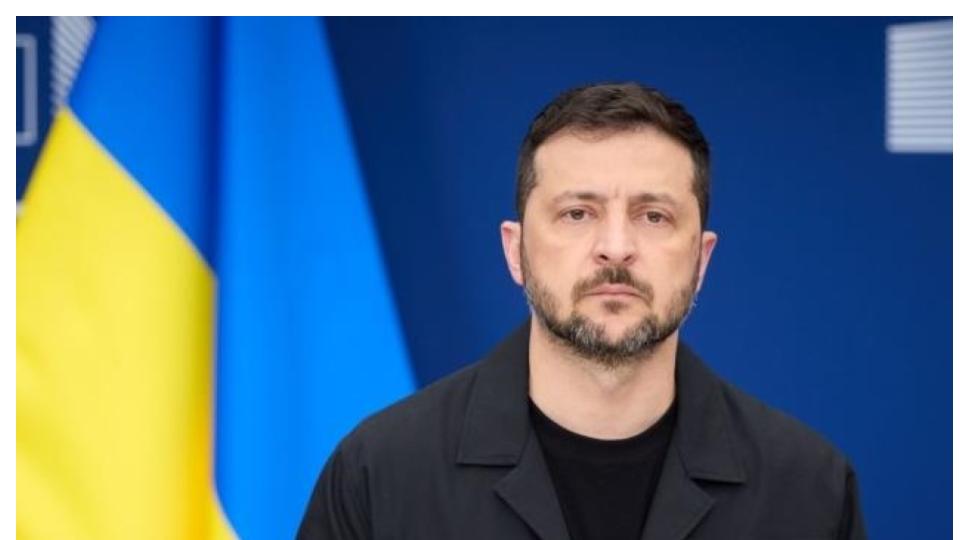
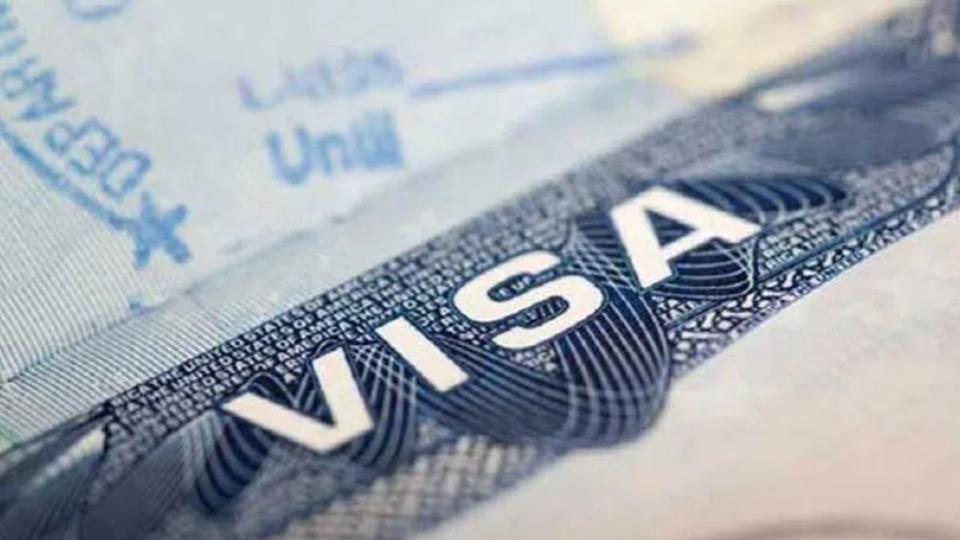
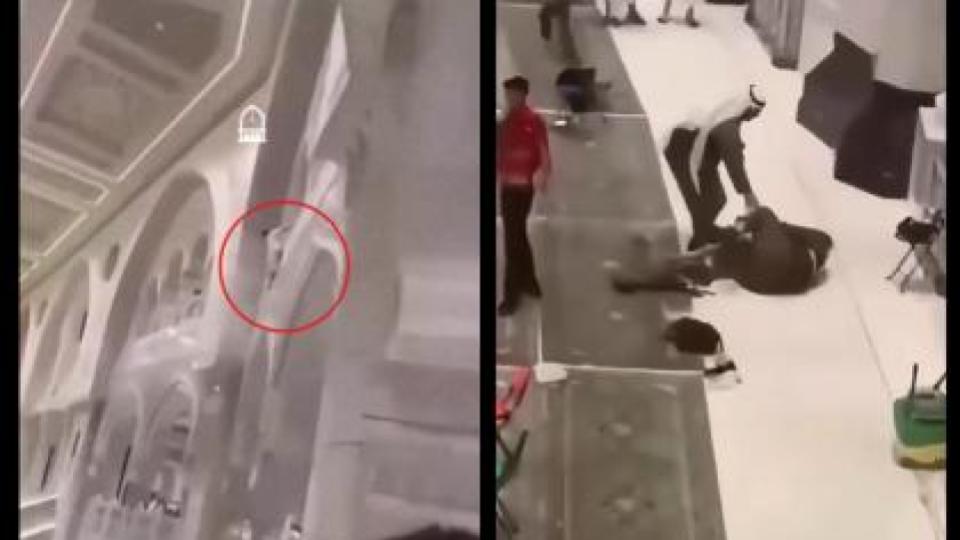


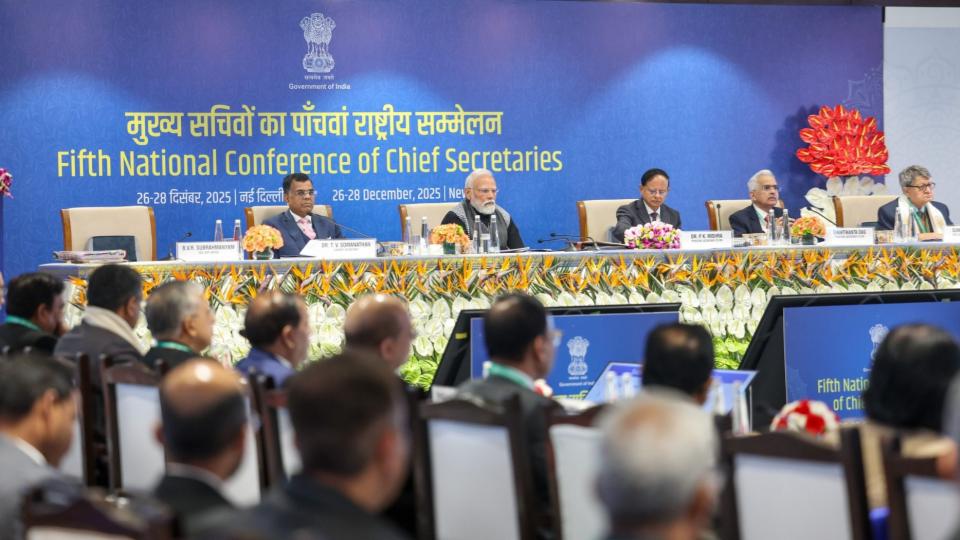
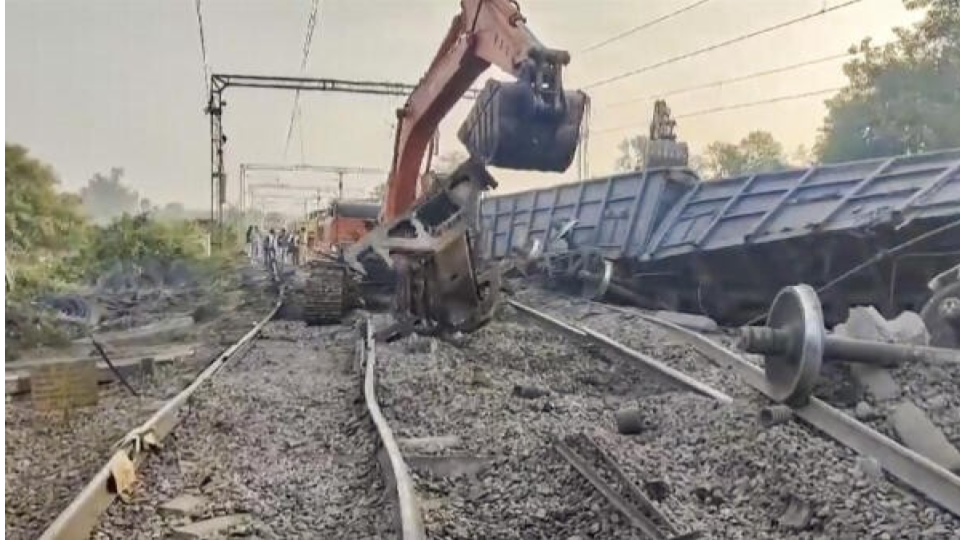
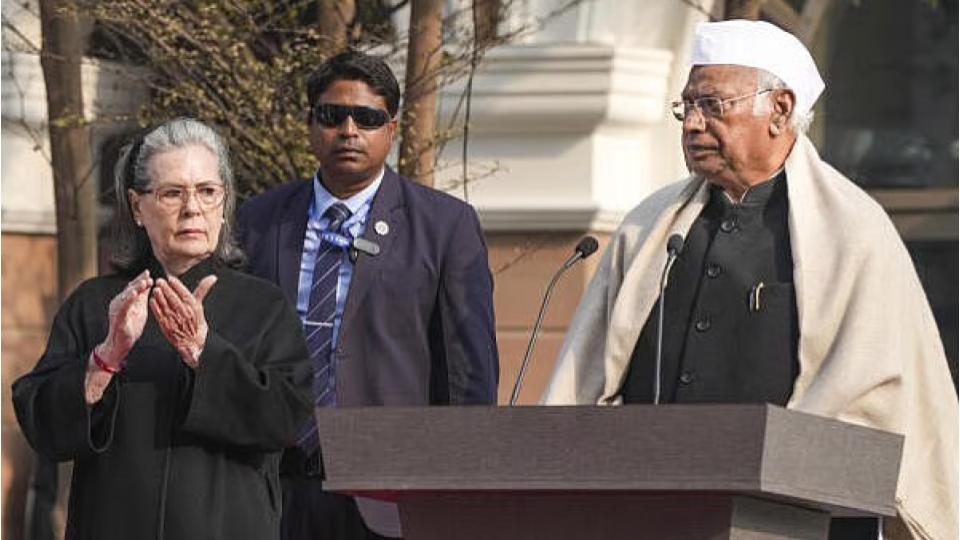
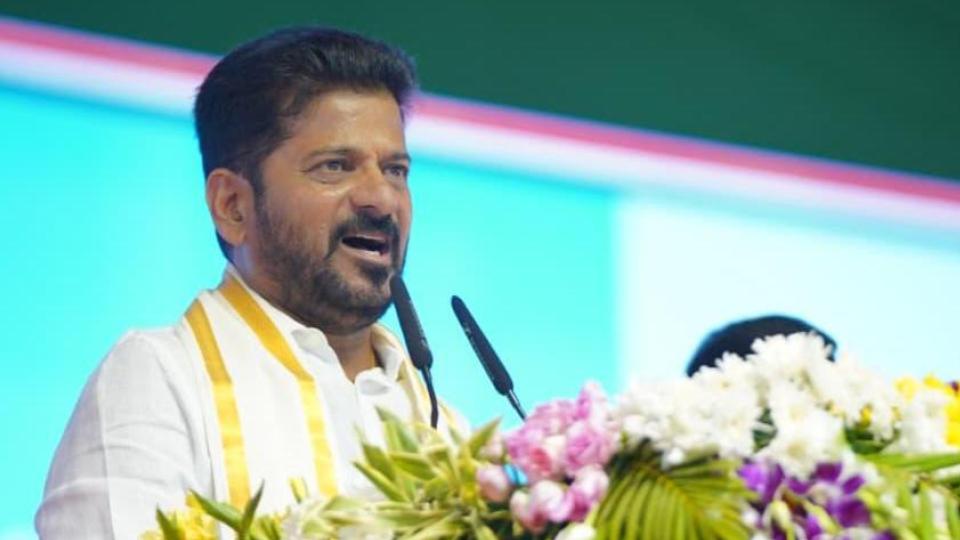
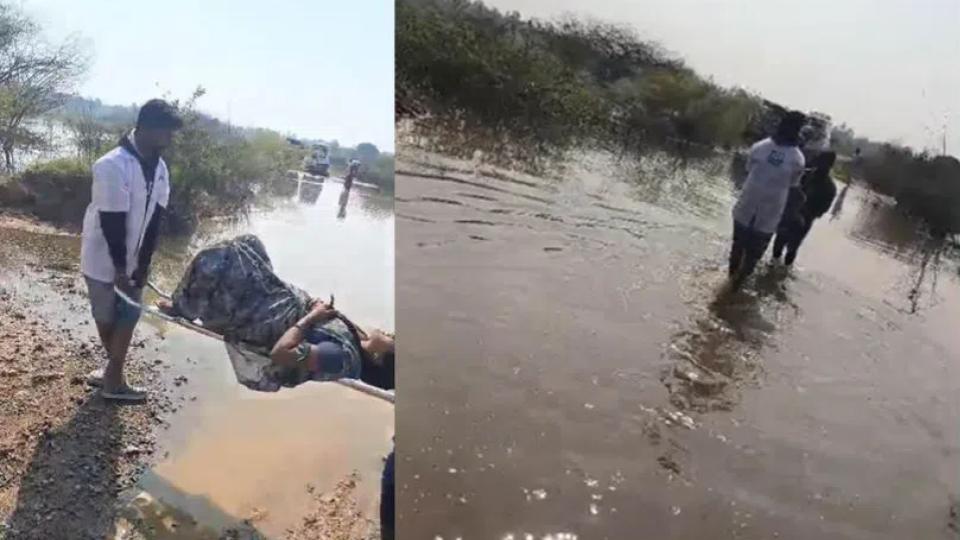
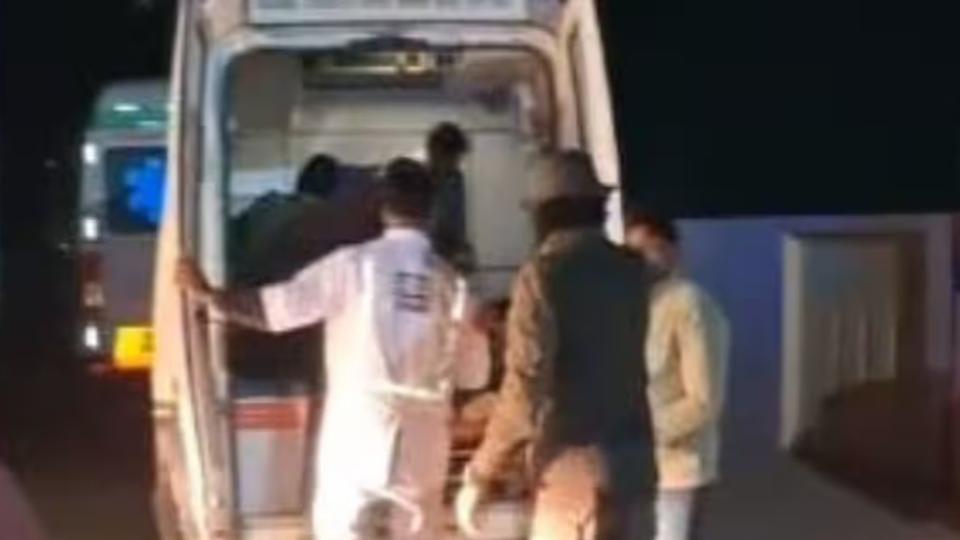
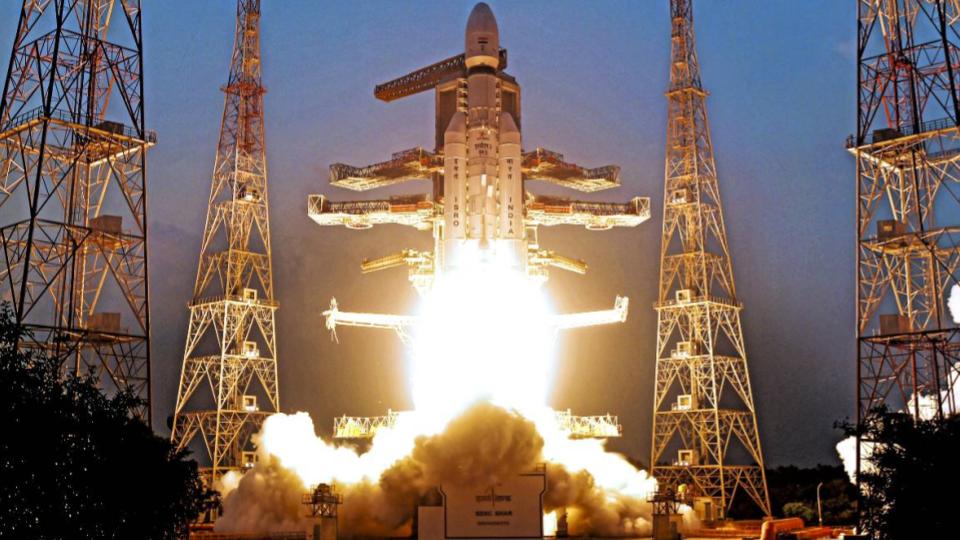
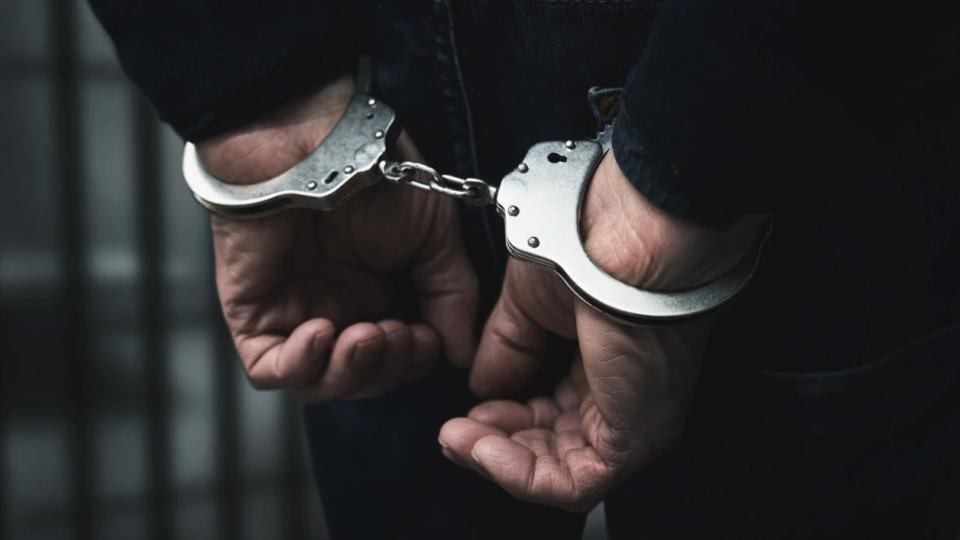

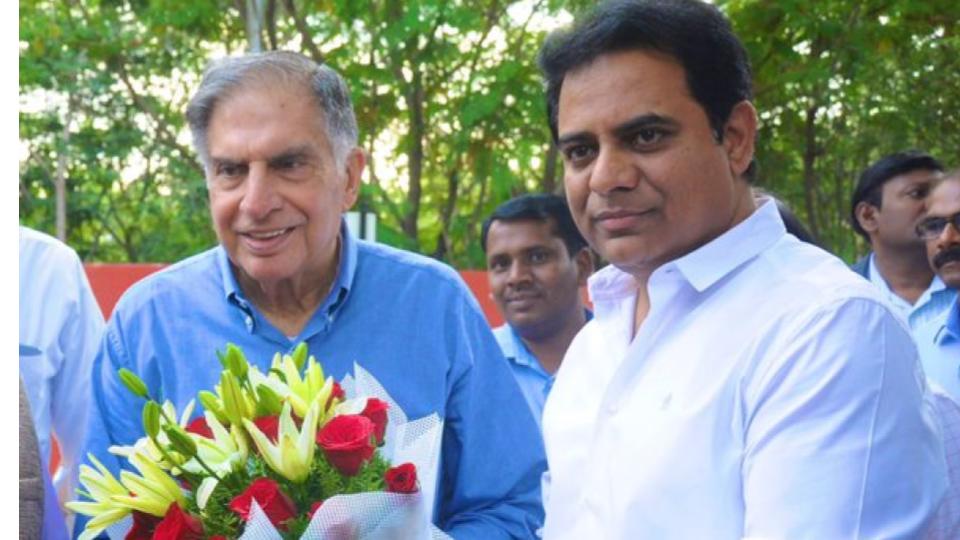




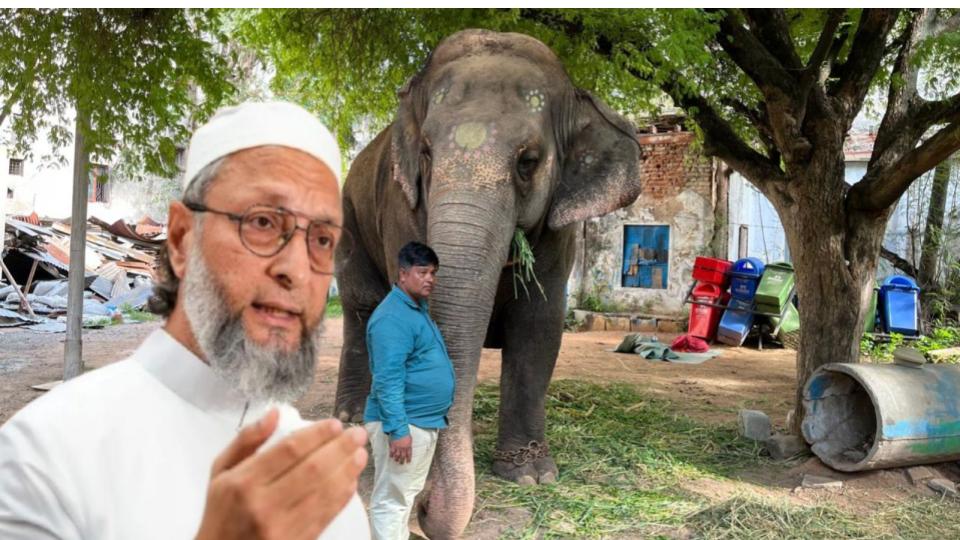

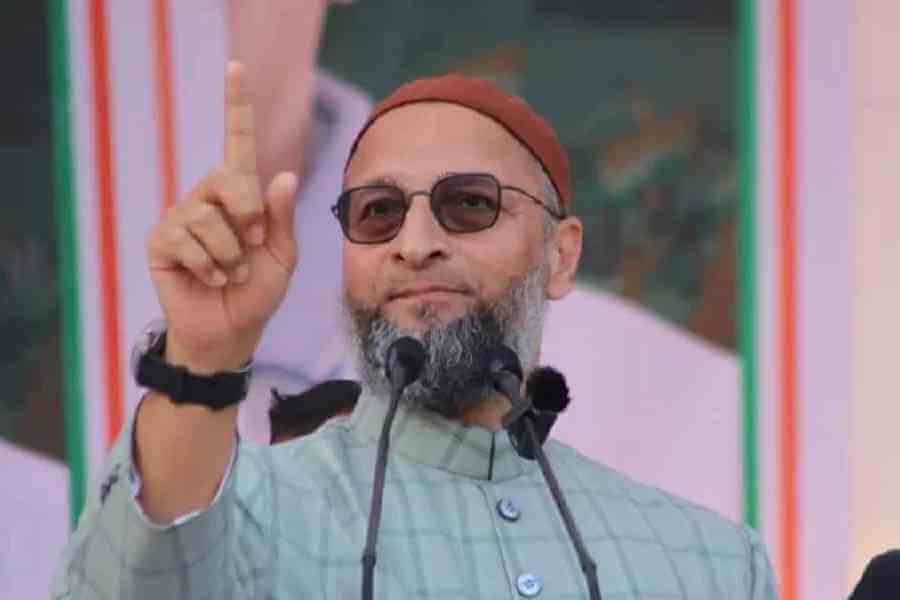
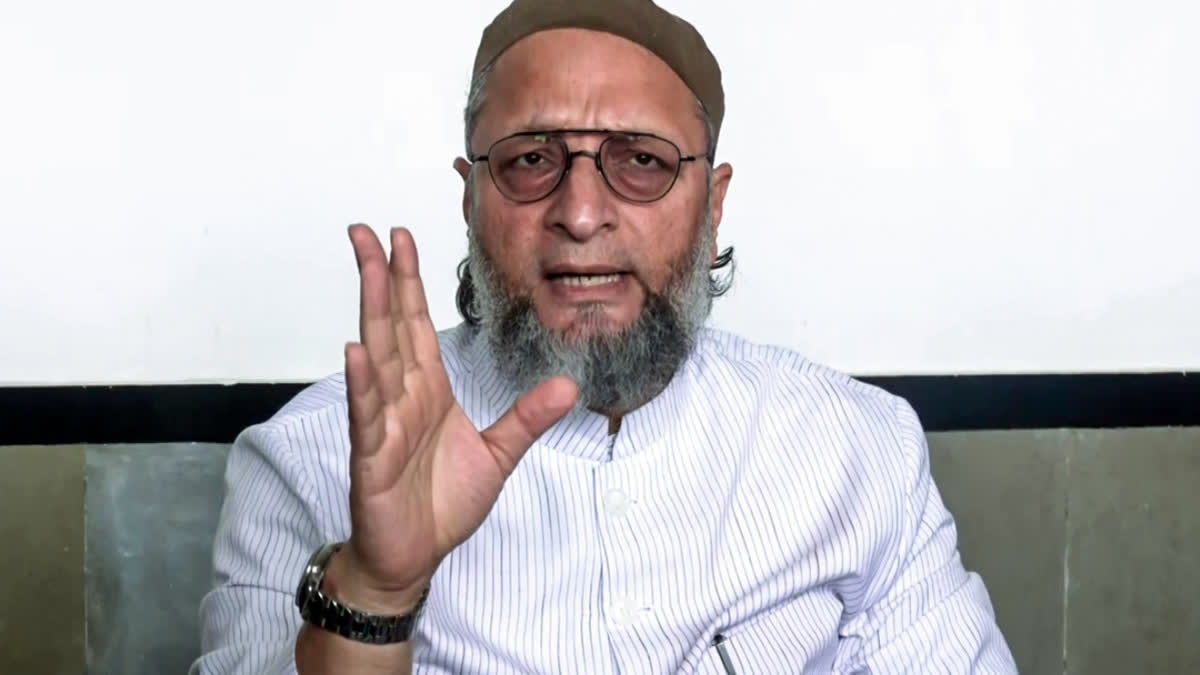
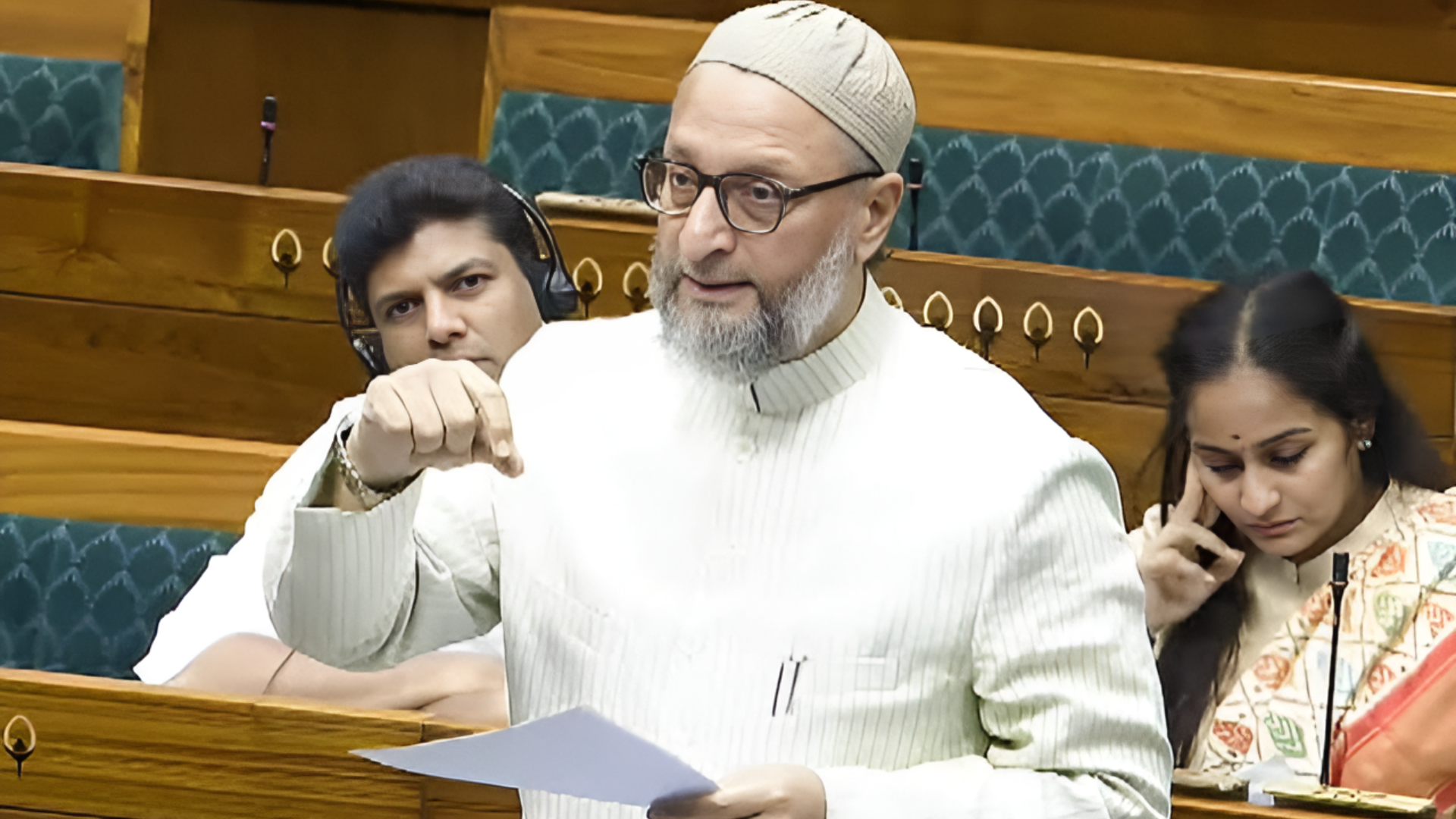
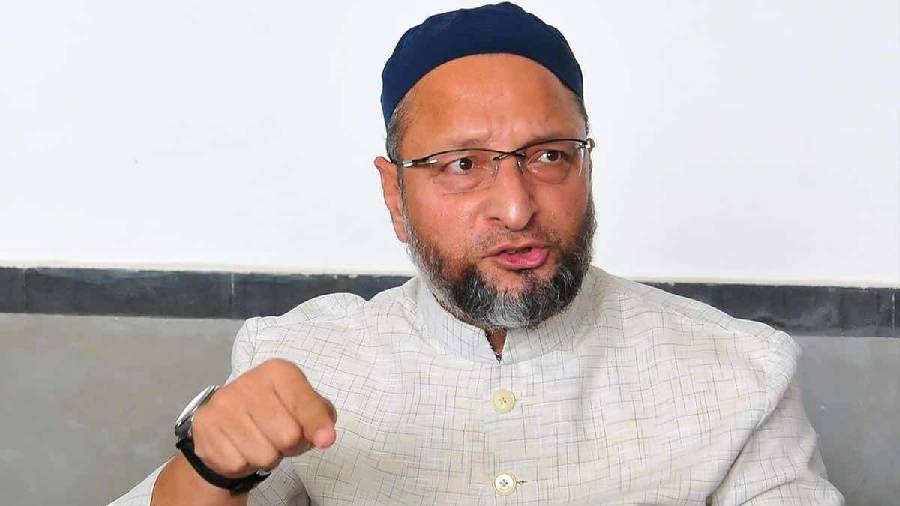
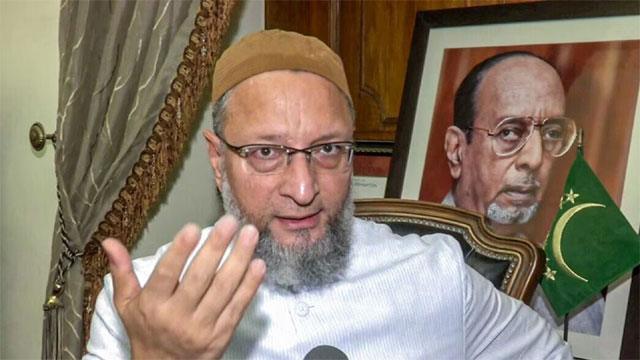
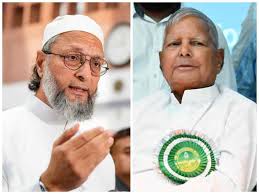
.jpg)
.jpg)
.jpg)

